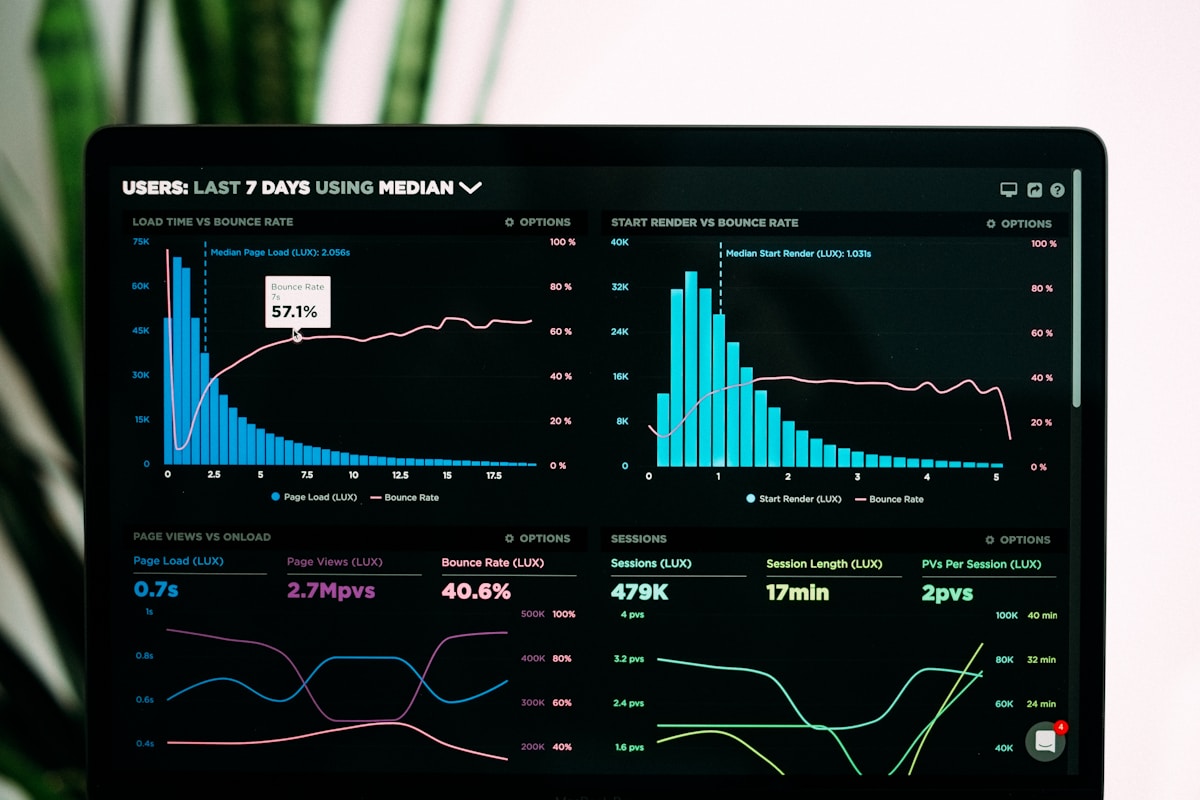The Business Impact of Exceptional User Experience Design

Alex Mensah Tenkorang
Founder & Lead Strategist
February 25, 2025
In today's digital economy, user experience (UX) design has transcended its role as merely an aesthetic consideration to become a critical business differentiator. Companies that invest strategically in UX design are seeing measurable impacts on customer acquisition, retention, and overall business performance. But what exactly makes UX design so valuable, and how can businesses quantify its return on investment?
The Quantifiable Business Value of UX Design
When executives hear "design," many still think primarily of aesthetics. However, research consistently demonstrates that UX design delivers concrete business results. A Forrester study found that companies that invest in UX design see a 9.9% decrease in support costs, a 16.7% increase in conversion rates, and a 41.7% boost in market share.
These numbers reflect a fundamental truth: exceptional user experiences directly influence consumer behavior. When interactions with your product or service feel intuitive, efficient, and even delightful, users are more likely to convert, remain loyal, and recommend your business to others.

Key Business Metrics Impacted by UX Design
Understanding how UX design affects specific business metrics helps executives make more informed investment decisions. Here are the primary areas where thoughtful UX design delivers measurable impact:
Customer Acquisition Costs
Products with intuitive user experiences reduce friction in the customer journey, resulting in higher conversion rates from the same marketing spend. This efficiency directly translates to lower customer acquisition costs (CAC), one of the most important metrics for sustainable business growth.
Additionally, well-designed products often enjoy higher organic discovery through word-of-mouth and social sharing, further reducing reliance on paid acquisition channels.
Customer Retention and Lifetime Value
User experience quality is among the strongest predictors of customer retention. When users consistently encounter frustration with your product, they're far more likely to abandon it for alternatives, regardless of feature superiority or even price advantages.
A study by PwC found that 32% of customers would stop doing business with a brand they loved after just one bad experience. Conversely, intuitive design that anticipates user needs creates emotional connection and loyalty that transcends rational feature comparisons.
In essence, user experience is customer experience. In the digital landscape, your UX isn't just part of your product — for many customers, it is your product.
Operational Efficiency
The impact of UX design extends beyond customer-facing metrics. Well-designed products significantly reduce support costs by preventing user confusion and errors. They also decrease development waste by solving the right problems from the beginning rather than requiring expensive fixes later.
- Support costs decrease as users encounter fewer problems requiring assistance
- Documentation needs decrease as interfaces become more intuitive
- Training costs drop as systems become easier to learn
- Development costs decrease as problems are identified earlier in the process
- Implementation timelines shorten with clearer requirements based on user research
Strategic UX Implementation Framework
Despite the clear benefits, many organizations struggle to implement UX design effectively. Success requires a strategic approach that integrates UX at every level of the organization.
Building a UX-Driven Organization
- 1
Establish UX Metrics
Link specific UX improvements to business KPIs like conversion rate, support tickets, and customer retention.
- 2
Develop User Personas
Create detailed, research-based representations of your user segments to guide design decisions.
- 3
Map the Customer Journey
Document every touchpoint users have with your product to identify pain points and opportunities.
- 4
Implement Iterative Testing
Establish regular usability testing with real users at every stage of product development.
- 5
Create Design Systems
Develop consistent UI components and patterns to ensure coherent experiences across products and features.
Common UX Investment Mistakes to Avoid
When investing in UX design, companies frequently make avoidable mistakes that diminish potential returns:
Treating UX as a final polish rather than a foundational element of product strategy leads to superficial improvements without addressing core user needs. Failing to involve designers early in the product development process results in trying to "design in" good experiences after key technical decisions have already limited possibilities.
Another common mistake is underinvesting in user research and testing, resulting in designs based on assumptions rather than actual user behavior. Finally, focusing exclusively on visual design while neglecting information architecture, interaction design, and content strategy creates products that look good but function poorly.
Ready to transform your digital experiences? Our UX strategy consultations help businesses identify the highest-impact UX investments for their specific goals and customer base.